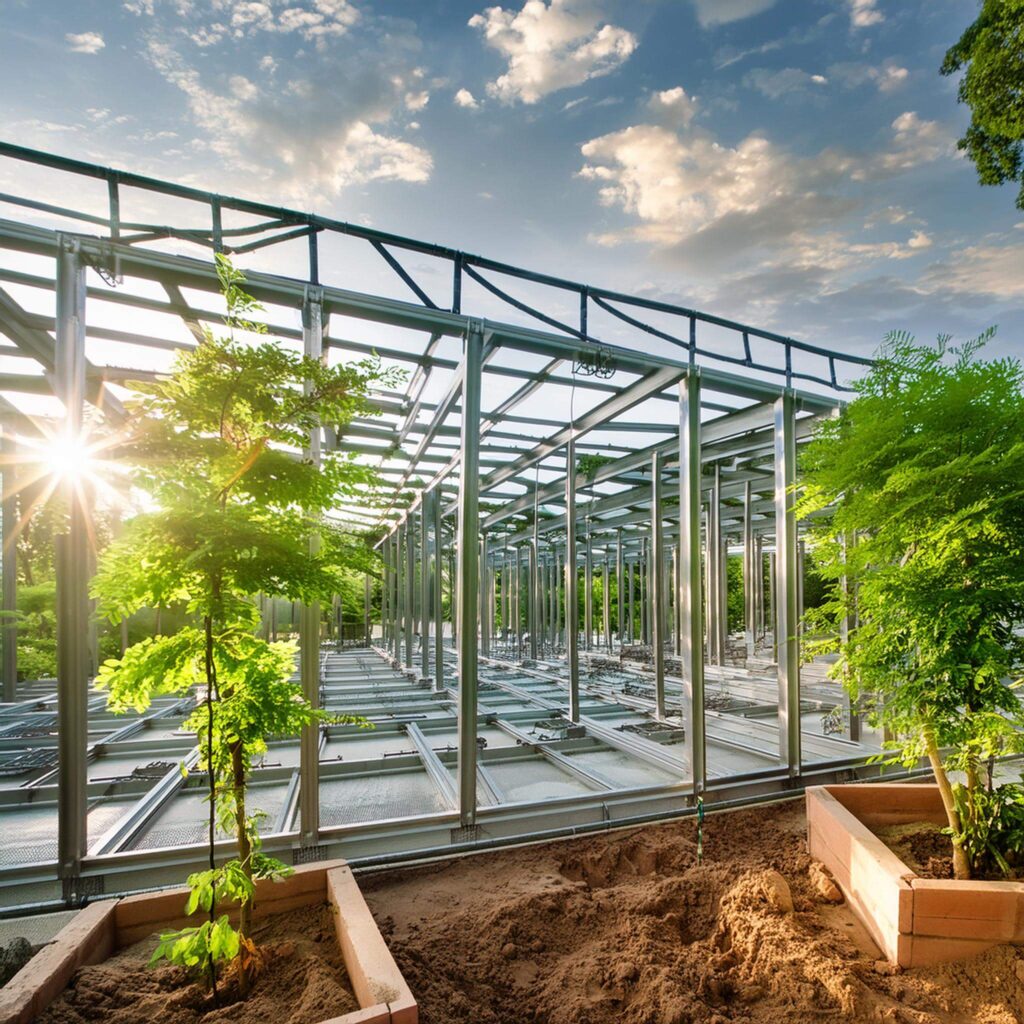Revolutionizing Construction:
Innovations in Steel Connection Design
In the dynamic landscape of construction, innovations in steel connection design are reshaping the way we build, bringing about enhanced structural performance, efficiency, and sustainability.
Traditionally, steel connections relied on conventional bolts and welds. However, the advent of cutting-edge technologies and engineering ingenuity has given rise to a new era in steel connection design.
Sustainability Impact:
On the sustainability front, steel connection design has made a major breakthrough. In this way, environment friendly innovations aim at helping to reduce material utilization and enhance energy performance both in construction and for whole life of structure. Low weight and transportation emissions are achieved by HSLA steels that require reduced quantities of materials because of extra strength as an example. As well pre-fabricated modular techniques with steel components also help in reducing up waste from the site as well as the time taken to construct these structures. Another example is smart sensing joints used in steel to monitor its health so as to increase building life span hence avoiding repairs so often. These have altogether contributed towards a more sustainable and adaptive built environment.

Technology Integration:
The integration of technologies such as Building Information Modeling (BIM) and computational design tools has been instrumental in pushing the boundaries of what’s achievable. Engineers and architects can now visualize and analyze steel connections in intricate detail, refining designs for optimal performance.
Benefits of Innovation:
Innovative steel connections offer a spectrum of benefits. Advanced designs not only enhance the overall strength and stability of structures but also contribute to resource efficiency. By optimizing material usage, these connections reduce waste and promote sustainability in construction projects.
Case Studies
Real-world success stories abound, showcasing the transformative power of innovative steel connections. From iconic skyscrapers to cutting-edge industrial facilities, projects around the globe are embracing these advancements for superior performance and longevity.

Burj Khalifa
One notable example is the Burj Khalifa in Dubai, the world's tallest building. The innovative steel connections used in its construction have enabled it to withstand extreme wind and seismic forces, ensuring stability and safety at unprecedented heights. The complex network of steel beams and columns, connected using advanced techniques, has set new standards for high-rise construction.

One World Trade Center
Another remarkable case is the One World Trade Center in New York City. The design and construction of this iconic structure involved state-of-the-art steel connection technologies, contributing to its status as one of the most resilient buildings in the world. The integration of high-strength steel and innovative connection methods has enhanced its ability to absorb and dissipate energy during seismic events, making it a model for future skyscrapers.

The Shard
In the industrial sector, the Shard in London stands as a testament to the capabilities of modern steel connections. This skyscraper, known for its distinctive design and height, utilized advanced steel connection techniques to achieve its slender profile and structural integrity. The project's success demonstrates how innovative connections can support ambitious architectural visions while ensuring safety and durability.

The Shanghai Tower
The Shanghai Tower in China is another exemplar of cutting-edge steel connection design. As the second tallest building in the world, it features a spiraling structure supported by a robust steel framework. The innovative connections used in its construction have not only provided exceptional strength and stability but also allowed for significant material savings, aligning with sustainable building practices.
Future Trends
The trajectory of innovation in steel connection design points toward a future where artificial intelligence, automation, and new materials play pivotal roles. These trends promise even greater efficiency, precision, and environmental consciousness in the construction industry.
As we stand at the intersection of technology and construction, innovations in steel connection design underscore a commitment to building smarter, more resilient structures. This evolution not only elevates the capabilities of our infrastructure but also sets the stage for a sustainable and forward-thinking future in construction.

